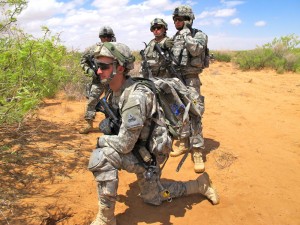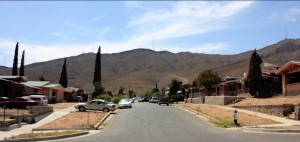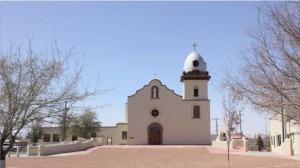Journalism students train as embedded journalists for the Army at Fort Bliss, Texas – Audio story
|
Embedded journalists
TRANSCRIPT
[Natural Sounds: Rumbling of military Stryker and soldier giving commands]
ALEJANDRA MATOS (Reporter): Riding in a military Stryker with a group of soldiers was not something that Kristian Hernandez imaged he would ever be doing as a college journalism student. But on the morning of May 8, he and several other UTEP students experienced what it is like to be an embedded reporter with the military, as part of a training program on Ft. Bliss designed to train soldiers who will be deployed to Afghanistan later this year. KRISTIAN HERNANDEZ: “It’s a unique experience. We get to go into Ft.




